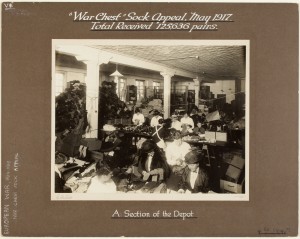I’ve been working and thinking on the life of Musquito since 2004, when I wrote an entry on him for the Australian Dictionary of Biography. At the height of the History Wars I had stoushes in print with Keith Windschuttle over this man, and have written one full-length scholarly article, for Aboriginal History, called ‘”Hanging no good for blackfellow”: looking into the life of Musquito’. However, since 2007 life got in the way of me writing a full-length biography, and Musquito has been sitting on my back-burner for a good long while, despite my passion for his story.
Things shifted a little last year. Kristyn Harman featured Musquito in her 2012 book Aboriginal Convicts, which got some well-deserved attention, including from Radio National’s late-lamented Hindsight. I was honoured to be included in that programme, which aired last year. I made a commitment to myself to get rolling on writing about him, once I’ve completed my current (wonderful) paid jobs.
So, it’s very exciting to start 2015 with news that I have been awarded the State Library of NSW National and State Libraries Australasia Honorary Fellowship for 2015, for a project I’ve called ‘Musquito: a life from the archives’. I am also delighted to say that I have been shortlisted for the 2015 Writers’ Victoria Hazel Rowley Literary Fellowship, which will be announced in Adelaide on 4 March. It’s a fine shortlist to be on, as you can see here. Although I’ve written all my life, I see myself very much as a beginner, and it’s quite scary to take the plunge into writing full-time. The National and State Libraries Australasia Honorary Fellowship and the shortlisting for the Hazel Rowley Fellowship provide very necessary encouragement, and I am honoured, chuffed and inspired.
Most importantly, the interest shown by the judges is validation of the project. Musquito was a remarkable man, who experienced all the worst that convict and colonial society had to offer, and there is much to reflect on in his life, his milieu, and the ways he chose to live.


